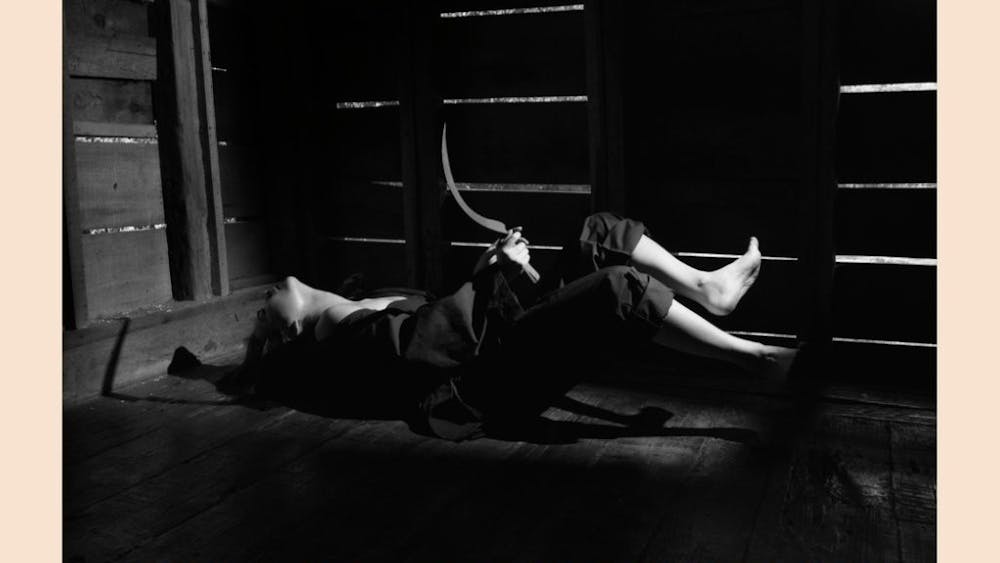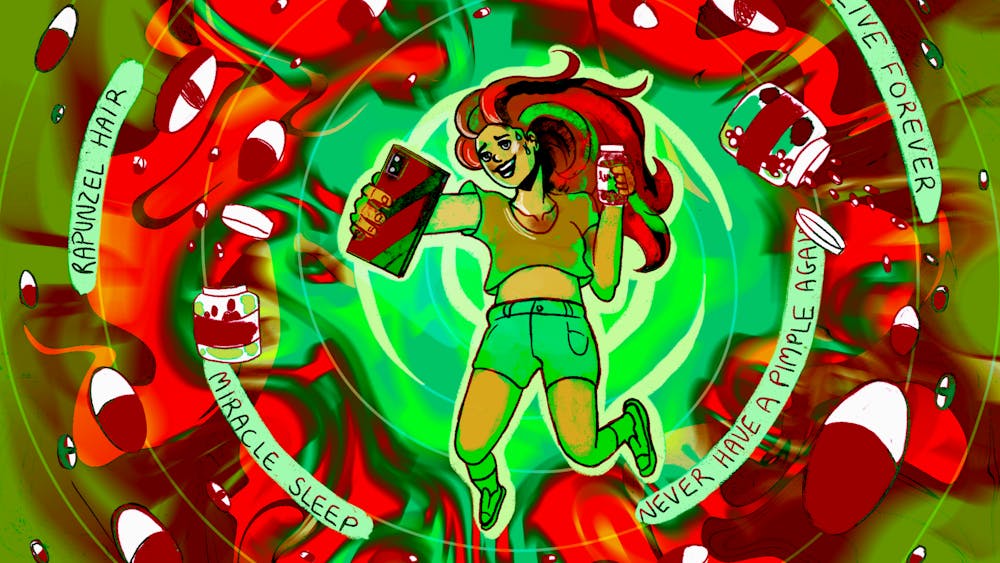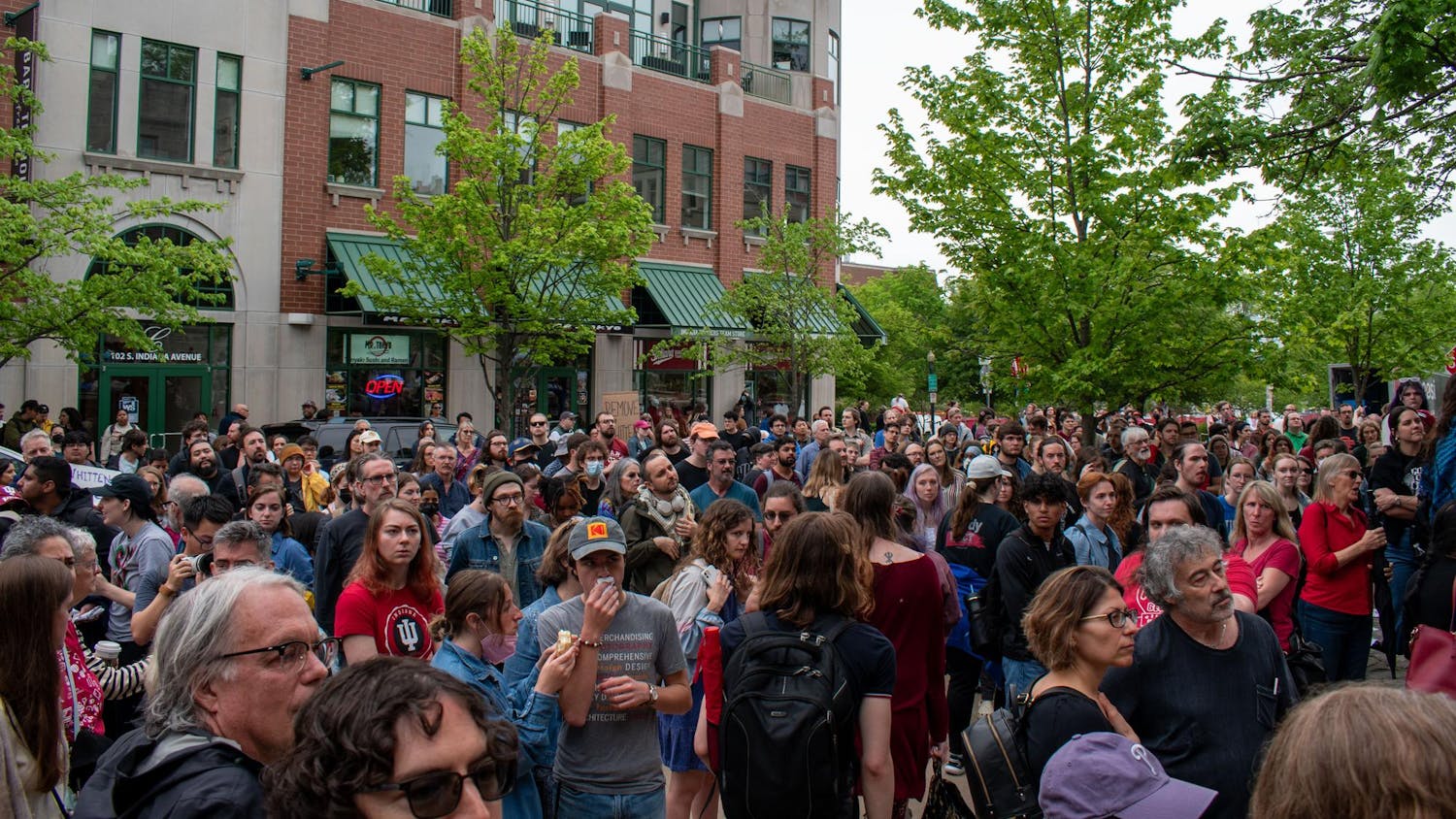A few weeks ago, I was fortunate enough to visit the Library of Congress in Washington, D.C., and see one of the rarest books in the world: the Gutenberg Bible, the first book ever printed on a movable type press.
There are only 48 copies extant in the world. It’s quite a special object to behold.
Last week I found myself in Washington, D.C., again – this time at the Folger Shakespeare Library.
Located across the street from the Library of Congress, the Folger is home to the finest collection of materials related to the Bard in the world. In particular, they have 79 copies of the First Folio, one of the most important books ever printed.
Published in 1623, the First Folio was the first edition to contain all the plays of Shakespeare in one volume. Eighteen plays, including “Macbeth” and “As You Like It,” only exist in the Folio. Without it, they would all have been lost to history.
But before you pack your bags for the district to bask in the greatness of the Gutenberg Bible and the First Folio, know that there’s a way to view them with a smaller carbon footprint.
You can see them everyday: no plane, train or automobile necessary. And I’m not referring to some newfangled electronic catalog. I mean you can see thousands of rare books, including these two, any day of the week.
You probably pass these treasures on the way to class: The Lilly Library is one of the top rare-books libraries in the world, and it’s right here at IU.
Until May 8, the exhibition “Treasures of the Lilly Library” celebrates the 50th anniversary of the library, displaying some of its most famous and important holdings.
The exhibit includes the First Folio of Shakespeare; Albrecht Dürer’s engraving “Apocalypse,” which depicts the four horsemen; and Geoffrey Chaucer’s “Canterbury Tales,” the first book printed in English.
The library is not just for English or history majors. As a math major, one of my favorite books on display is an edition of Euclid complete with 3-D paper pop-ups of the geometric figures.
I’m also fond of the Puzzle Room, where you can play with some of the mechanical puzzles from the Slocum Puzzle Collection.
The Lilly’s collection has different strengths than the Folger’s. However, it has one advantage over many other world-class institutions that particularly benefits students.
Without academic credentials and specific research proposal, you’ll never see the majority of the collections at other rare book libraries. On the other hand, the Reading Room of the Lilly is open to anyone, including students. There, one can look at (and even touch) nearly any item in the collection.
So take a minute during the day, and drop in to see the exhibit at the Lilly Library.
I promise the visit will be well worth the cost of admission (free) and transportation (a walk across campus).
Treasures without travel
Get stories like this in your inbox
Subscribe





